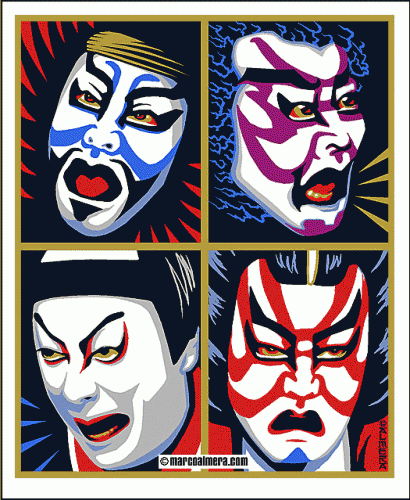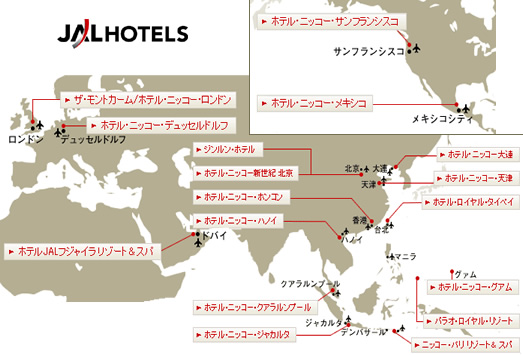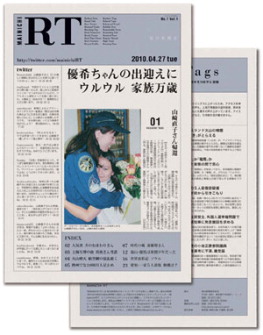The new airport in Ibaraki Prefecture just lost its only domestic route, though it will still have a flight to Korea.
There were reasons to expect this. The airport is far from Tokyo, even farther than Narita, and it has no rail service. It is only particularly convenient for people in Mito, Tsukuba and other cities in the immediate surroundings. (More on this at CNNGo and Yen for Living.)
But economics didn’t kill Skymark Airlines’ Ibaraki-Kobe route: instead, the neighbors killed it. Ibaraki Airport was originally built as an Air Self-Defense Force base, and it still houses units of fighter defense jets and military civil defense transport planes. This is not really a unique situation to Ibaraki: Itami, Komaki and New Chitose Airports all have SDF units on-site, and Misawa Airport shares its runways with the U.S. Air Force. These airports manage to keep a balance between civilian and defense traffic, but the officials in Ibaraki were apparently less cooperative.
Yomiuri (English):
It’s possible the ASDF could ask us to suspend our flights when they are holding a troop inspection ceremony. We are therefore unable to conduct this service on a regular basis,” a Skymark spokesperson said.
The cancellation has shocked local officials. “I am very surprised. I will ask the officials concerned to fine-tune any differences as soon as possible, and give top priority to passenger convenience,” Ibaraki Gov. Masaru Hashimoto said late Thursday.
Toyo Keizai (Japanese):
Skymark management explained the cause of the service cancellation: “There is a need for consideration for the Air Self-Defense Forces in excess of what was expected, and this harms our ability to provide steady service.” They have also indicated that there is a possibility of resuming service if the situation improves, but the relationship with the SDF was expected at the time the service began, and some related parties are calling [Skymark] irresponsible.
Load factors on Skymark’s Ibaraki-Kobe route are high, exceeding 75%, but the route is running in the red when maintenance and other operating costs are included. Skymark aimed to make the route profitable by providing service three or more times per day in the future, instead of the current single daily round trip, but apparently determined that such a schedule would be difficult to arrange because of the SDF relationship.
Asiana Airlines are maintaining daily flights between Ibaraki and Seoul, so the airport is not totally a ghost town. Assuming passengers can get there, it’s actually great for ultra-cheap flying because of its low construction budget and lack of frills. The terminal is extremely compact (it doesn’t even have jet bridges to the planes) and on-site parking is free.



 JAL had bigger plans for the Middle East, and was one of countless companies that got caught up in the Dubai property boom and the hotel boom. But they ran into problems. The Dubai hotel originally announced for 2007 was pushed ahead, and when construction was underway on the
JAL had bigger plans for the Middle East, and was one of countless companies that got caught up in the Dubai property boom and the hotel boom. But they ran into problems. The Dubai hotel originally announced for 2007 was pushed ahead, and when construction was underway on the 

